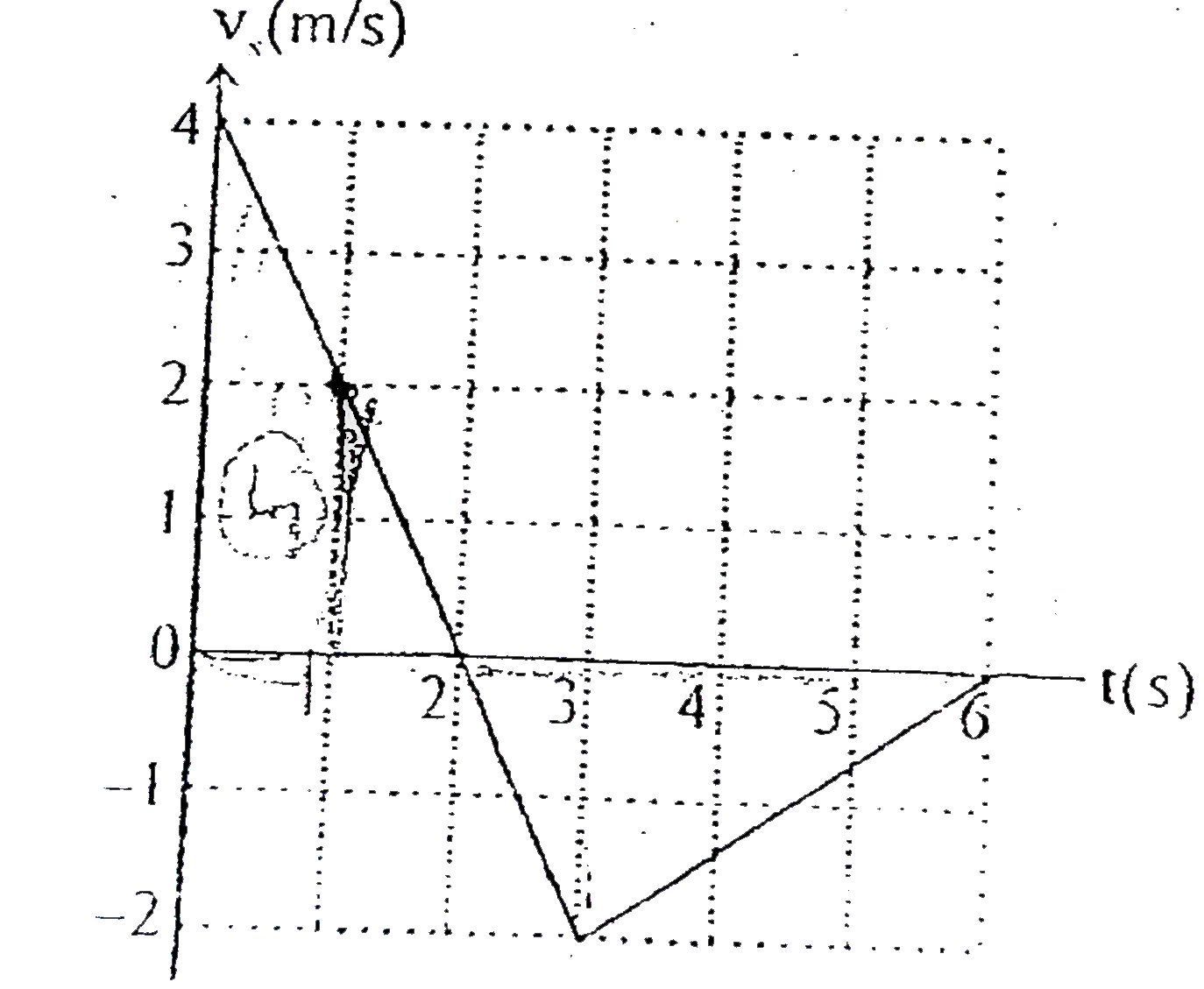frame S' moves relative to frame S with velocity 0.620cˆi while a particle moves parallel to the common x and x' axes. An observer attached to frame S' measures the particle's velocity to be 0.47 cˆi. In terms of c, what is the particle's velocity as measured by an observer attached to frame S according to the (a) relativistic and (b) classsical velocity ransformation? Suppose, instead, that the S' measure of the particle's velocity is −0.47cˆi. What velocity does the observer in S now measure according to the (c ) relativistic and (d) classical velocity transformation?
The correct Answer is:(a)0.84c;(b)(1.1c)ˆi;(c)(0.21c)ˆi;(d)(0.15c)ˆi
Topper's Solved these Questions
- BOOK - RESNICK AND HALLIDAYCHAPTER - RELATIVITYEXERCISE - PRACTICE QUESTIONS (Single Corrrect Choice Type)31videos
RELATIVITY
- BOOK - RESNICK AND HALLIDAYCHAPTER - RELATIVITYEXERCISE - PRACTICE QUESTIONS (Linked Comprehension)11videos
RELATIVITY
- BOOK - RESNICK AND HALLIDAYCHAPTER - RELATIVITYEXERCISE - CHECKPOINT2videos
RELATIVITY
- BOOK - RESNICK AND HALLIDAYCHAPTER - PHOTONS AND MATTER WAVESEXERCISE - PRACTICE QUESTIONS(Integer Type)4videos
PHOTONS AND MATTER WAVES
- BOOK - RESNICK AND HALLIDAYCHAPTER - RIGID BODY DYNAMICS - IEXERCISE - PRACTICE QUESTIONS (INTEGER TYPE))3videos
RIGID BODY DYNAMICS - I
Similar Questions
A particle moves along the x' axis of frame S' with velocity 0.50c. Frame S' moves with velocity 0.80c with respect to frame S. What is the velocity of the particle with respect to frame S?
View SolutionVx is the velocity of a particle of a particle moving along the x−axis as shown. If x=2.0m at t=1.0s, what is the position of the particle at t=6.0s?
 View Solution
View Solution
Knowledge Check
- Question 1 - Select One
A reference frame attached to the earth with respective to an observer in space
Ais an inertial frame because Newton’s laws of motion are applicable in itBis an inertial frame by definitionCcannot be an inertial frame because earth is rotating about its axisDcan be an inertial frame because earth is revolving around the sun. - Question 2 - Select One
A particle moves in the direction of east for 2s with velocity of 15m/s .Then it moves towards north for 8s with a velocity of 5m/s . The average velocity of the particle is (in m/s)
A1 m/sB5 m/sC7 m/sD10 m/s - Question 3 - Select One
Frame S1 moves in the positive x direction at 0.6c with respect to frame S2. A particle moves in the positive x direction at 0.4c as measured by an observer in S1. The speed of the particle as measured by an observer in S2 is
Ac/5B5c/19C8c/25D25c/31
The rod AB oriented parallel to the x′ axis of the reference frame K′ moves in this frame with a velocity v′ along its y′ axis. In its turn, the frame K′ moves with a velocity V relative to the frame K as shown in figure. Find the angle θ between the rod and the x axis in the frame K.
 View Solution
View SolutionA meter stick in frame S' makes an angle of 30∘ with the x' axis. If that frame moves parallel to the x axis of frame S with speed 0.95c relative to frame S, what is the length of the stick as measured from S?
View SolutionA particle moves in the frame K with a velocity v at an angle θ to the x axis. Find the corresponding angle in the frame K′ moving with a velocity V relative to the frame K in the positive direction of its x axis, if the x and x′ axes of the two frames coincide.
View SolutionThe velocities of two particles of masses m1 and m2 relative to an observer in an inertial frame are v1 and v2. Determine the velocity of the center of mass relative to the observer and the velocity of each particle relative to the center of mass.
View SolutionA particle of mass M is moving with an acceleration a0 measured by an abserver 1 standing in a frame of reference moving with a uniform velocity. Another observer 2 is standing in a frame of reference moving with acceleration a
View Solution
